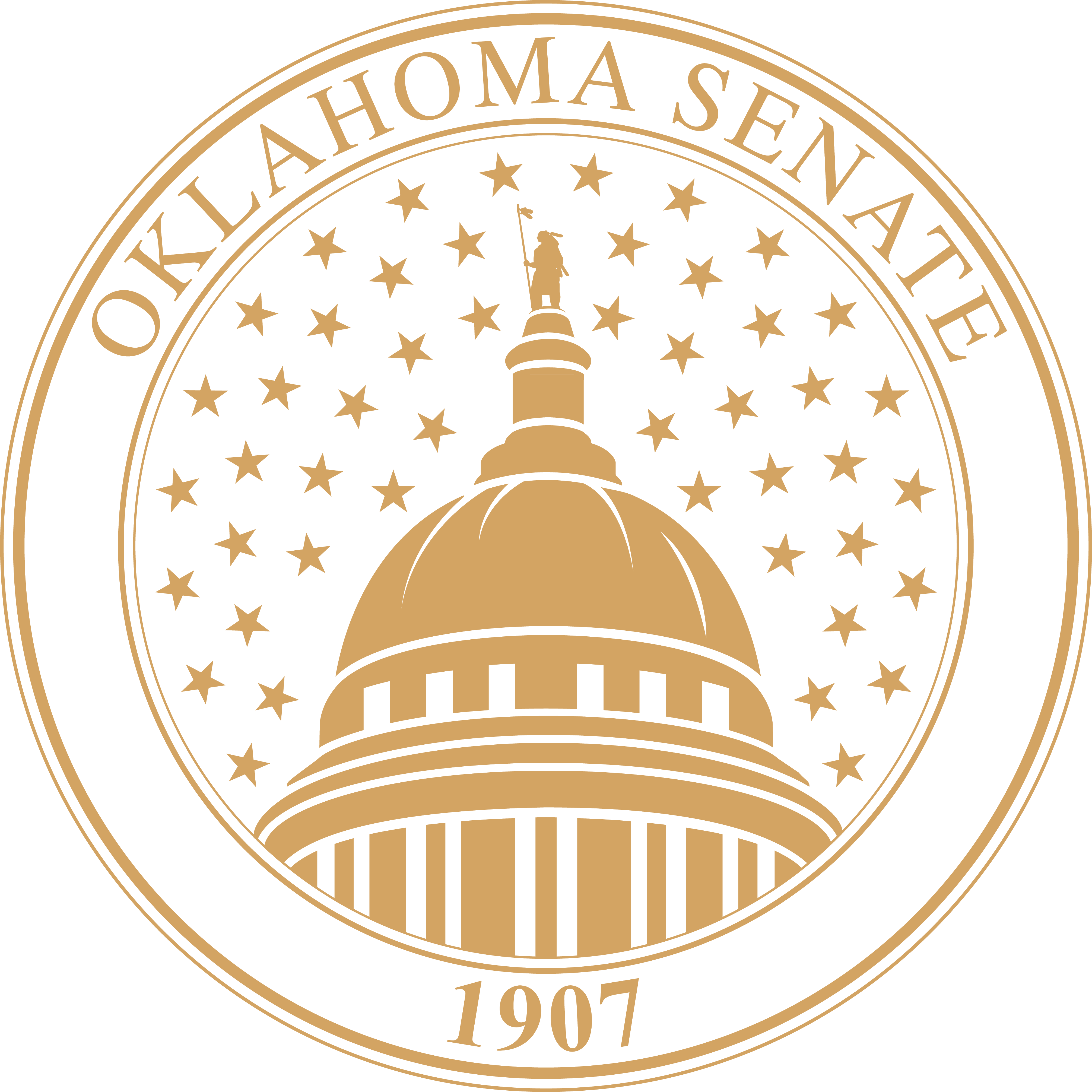Federal Officials Commit First Funds For High Speed Rail In Oklahoma
OKLAHOMA CITY - Using existing Next Generation High-Speed Rail (NGHSR) demonstration funding, the Federal Railroad Administration is currently teaming with the Oklahoma Department of Transportation in order to perform precision aerial digital mapping of the developing high-speed corridor between Texas and Oklahoma's two largest metropolitan areas, according to Senator Dave Herbert, D-Midwest City.
This technique produces a digital record of the right-of-way accurate to millimeters, along with matching video views of the FRA designated High Speed Rail Corridor. Two years ago the FRA designated eleven High Speed Rail Corridors in the United States. Oklahoma and Texas share the corridor from Tulsa to Okla. City, to Dallas-Ft. Worth, and on to San Antonio. The investment by the Feds for this project will be in the neighborhood of $350,000.
"This is yet another sign that the Federal Rail Administration is serious about the opportunity for Oklahoma to hop on the bandwagon of future travel," said Herbert. "If we want to keep pace with other states, we need to seriously consider the future of high speed rail passenger service in Oklahoma".
Federal officials are ready to find ways to help Oklahoma link into the national passenger rail system.
"I am pleased to advise that the Federal Railroad Administration has found an opportunity to partner with Oklahoma to assist the planning for developing high-speed passenger rail corridor," said Allan Rutter, Administrator for the Federal Railroad Transportation.
Herbert says the time is right to move forward.
Our highways are congested and many roads are in poor condition. The proactive approach to this problem is to lay the foundation for a solution before it is too late, taking advantage of research efforts like the aerial digital mapping," said Herbert. "We need to be equipped to handle increased population, as well as the expected influx of truck traffic to and from Mexico associated with the North American Free Trade Agreement. It only makes sense that Oklahoma would consider all possible plans for feasibility."
According to Herbert, the detailed evaluations of corridors that have already been collected in other states have been very useful for both states and railroads, not only to identify grade crossing hazards, but also for track and infrastructure upgrades.
"The federal government's interest in this effort only magnifies the importance of intercity and interstate rail passenger service to the future of travel," said Herbert. "It gives a strong message that several organizations are now on board with the passenger rail effort, which is an essential step in making the process move forward and open the floor for discussion about national policy on intercity rail passenger service."
 Oklahoma Senate
Oklahoma Senate

